Exploring Orthodox Christmas: Meaning, Customs, and Celebrations
Updated: 10 Jan 2025
65
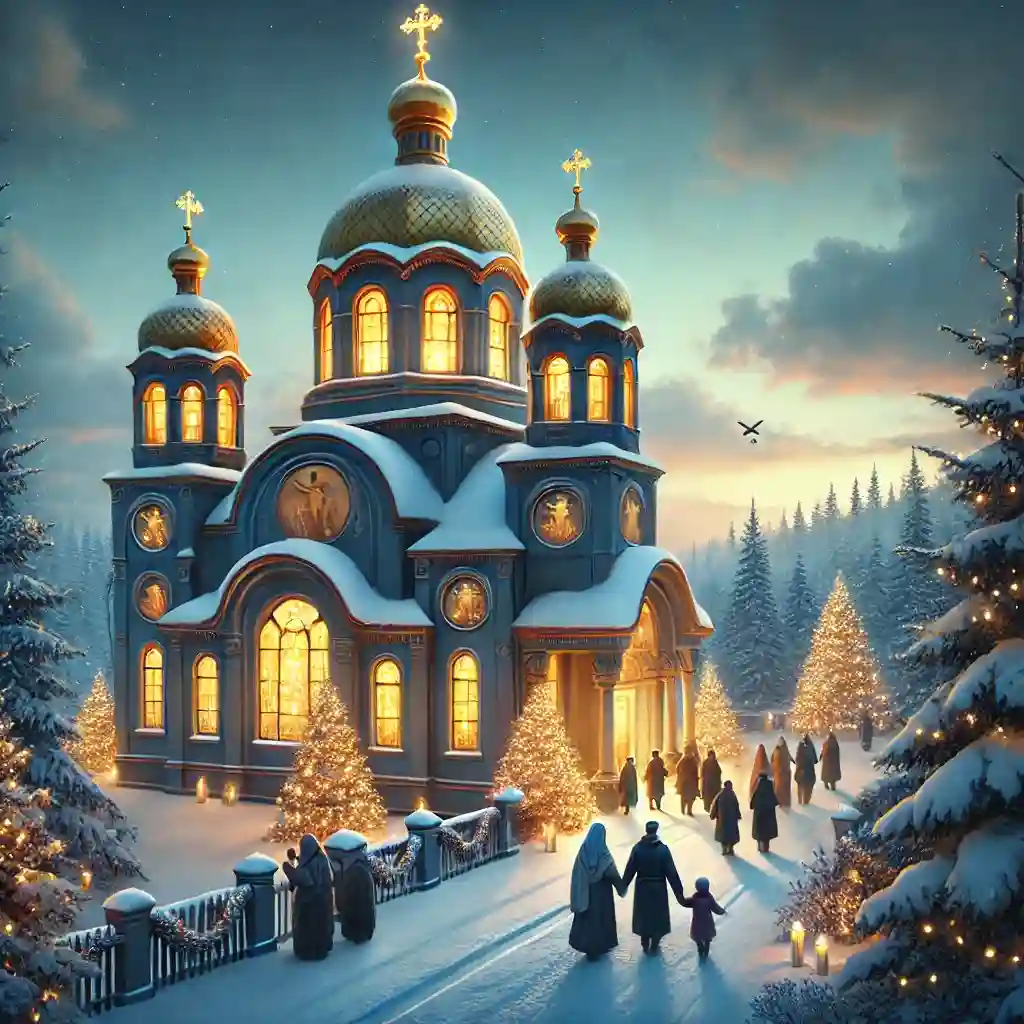
Orthodox Christmas (Eastern Europe)
Orthodox Christmas is a cherished holiday celebrated with deep faith, warmth, and time-honored traditions. Observed on January 7th, it holds special significance in Eastern Europe, bringing families and communities together to honor the birth of Christ. From midnight church services to festive meals and heartfelt carols, every moment is steeped in cultural and spiritual meaning. Whether you’re lighting candles in a serene church or enjoying a table filled with traditional dishes, Orthodox Christmas is a celebration of love, unity, and the enduring spirit of the season. Read on to discover the beautiful customs and stories that make this holiday so special!
Celebrating Tradition and spiritually in Eastern Europe
Standard Christmas, observed on January 7, has a particularly solemn and social significance in Eastern Europe and other Universal Christian people groups around the world. The date reflects the arrangements of the Julian calendar, which differs by 13 days from the Gregorian calendar used by the majority of the world.
Standard Christmas is a deeply otherworldly celebration, distinguished by traditional celebrations, family social occasions, and thoughtful gestures that highlight the trust, solidarity, and joy of Christ’s introduction into the world.
Origins and Religious Significance
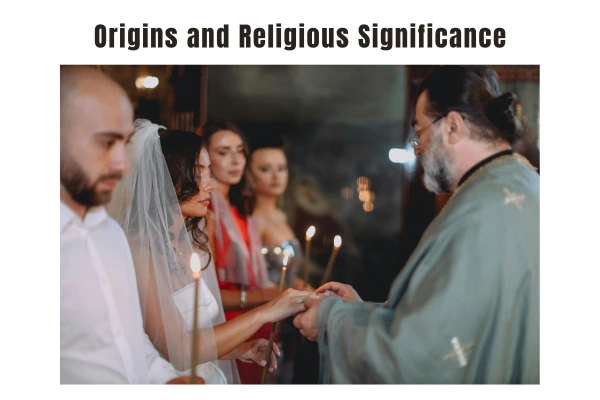
Traditional Christians celebrate Christmas to honor the introduction of Jesus Christ, which is the foundation of their faith. While the specific date of Christ’s introduction into the world is representative, the ritual schedule emphasizes deep preparation for that day. Advent, or Nativity Quick, begins 40 days before traditional Christmas and involves prayer, reflection, and fasting.
Orthodox Christmas tradition in Eastern Europe
1. Christmas Eve Arrangements (January 6)
- Christmas Eve is a solemn day dedicated to the main work of the holy festival. Customs variations by country often include:
- The Holy Supper: A festive but meatless feast with 12 dishes, addressed to the 12 witnesses. Common dishes include:
- Kutya (sweet wheat pudding with honey and nuts).
- Borscht (beetroot soup).
- Fish, cured vegetables, and bread.
- Candles and prayers: Families light candles and ask before dinner, welcoming the endowment into their homes.
- First Star Customs: In nations such as Ukraine and Russia, the dinner begins when the principal star appears in the night sky, representing the Star of Bethlehem.
2. Chapel gatherings
- On Christmas Eve and Christmas Day, worshippers gather in nearby places of worship for divine service. These services are often elaborate, including:
- Choral singing: reciting psalms and hymns in Old Church Slavonic.
- Symbolic love: People honor symbols of birth and various holy people.
3. Caroling (Kolodki and Svyatki)
- Assemblies of carolers go from house to house, singing traditional psalms and spreading intercessions. This is common in nations such as:
- Ukraine: Singers wear traditional ensembles and carry lamps made of stars.
- Serbia: People sing bubbly melodies while bringing gifts of wheat or straw, which represent the flow.
4. Gifting of homes
In nations such as Bulgaria and Romania, ministers go from house to house to help families and sprinkle heavenly water for peace and prosperity in the new year.
Key regional custom
1. Russia
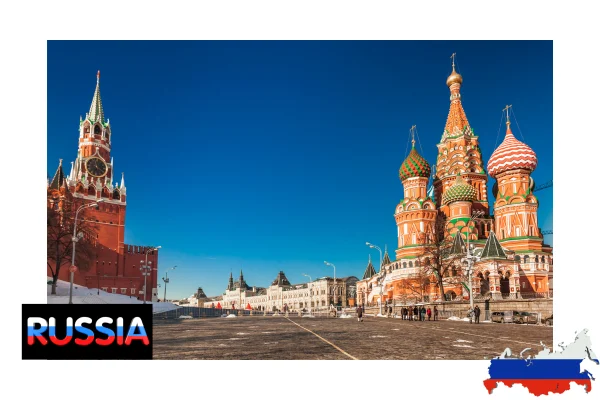
Christmas is observed with a mixture of strict and social customs. Many Russians attend the 12 o’clock service, which is run by the Patriarch of Moscow, and celebrations include traditional dishes such as goose and pirozhki (filled cakes).
2. Ukraine
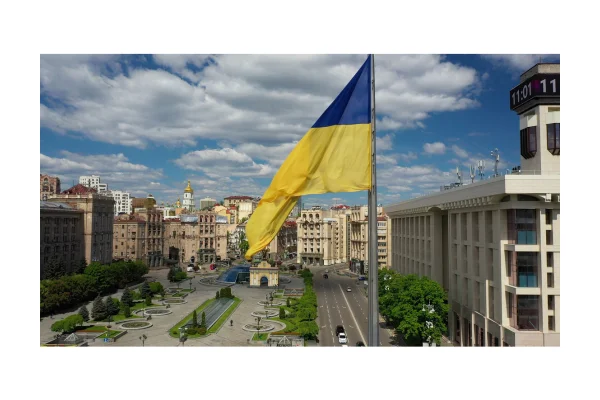
Ukrainians center their celebrations around local territory and heritage, with a strong emphasis on singing svyata vecheriya (holy supper) and kolodki (holiday songs). Kutia is often the focal point of the feast, representing togetherness and recognition of ancestors.
3. Serbia
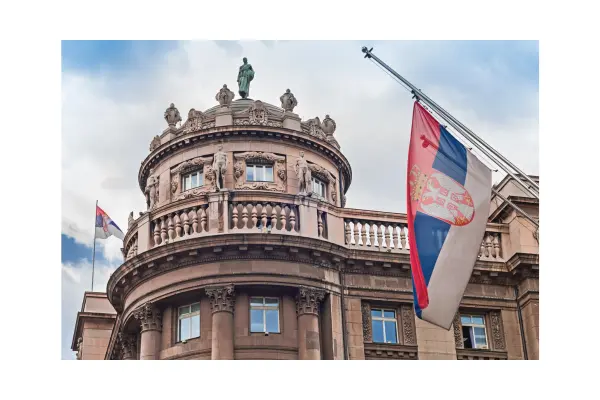
On Christmas Eve, families eat a badanj (oak branch), representing warmth and good fortune. Straw is spread out on the floor several times to reenact the modest sequence of Christ’s introduction into the world.
Acts of Kindness and Community
- Traditional Christmas is also a time for giving back. Many family and church gatherings:
- Give food, clothes, and gifts to the poor.
- Visit halfway houses and care homes to share the spirit of the time.
- Celebrate communal feasts for those fortunate enough to be outside.
| Modern Celebration |
|---|
|
Question and Answers
Why is Christmas celebrated on January 7?
Standard Christmas adheres to the Julian calendar, which is 13 days behind the Gregorian calendar used by most of the world.
What is the difference between traditional and Western Christmas?
The essential difference is in the calendar used. Furthermore, standard Christmas places more emphasis on fasting and strict customs than on businesslike aspects.
What is the meaning of the Last Supper?
The Last Supper is a symbolic feast that honors the Last Supper and reflects family unity and faith in Christ.
How long do standard Christmas festivities last?
In some networks, the festivities extend to Sviatky, a joyful period lasting until January 19, which marks the Revelation.
Please Write Your Comments